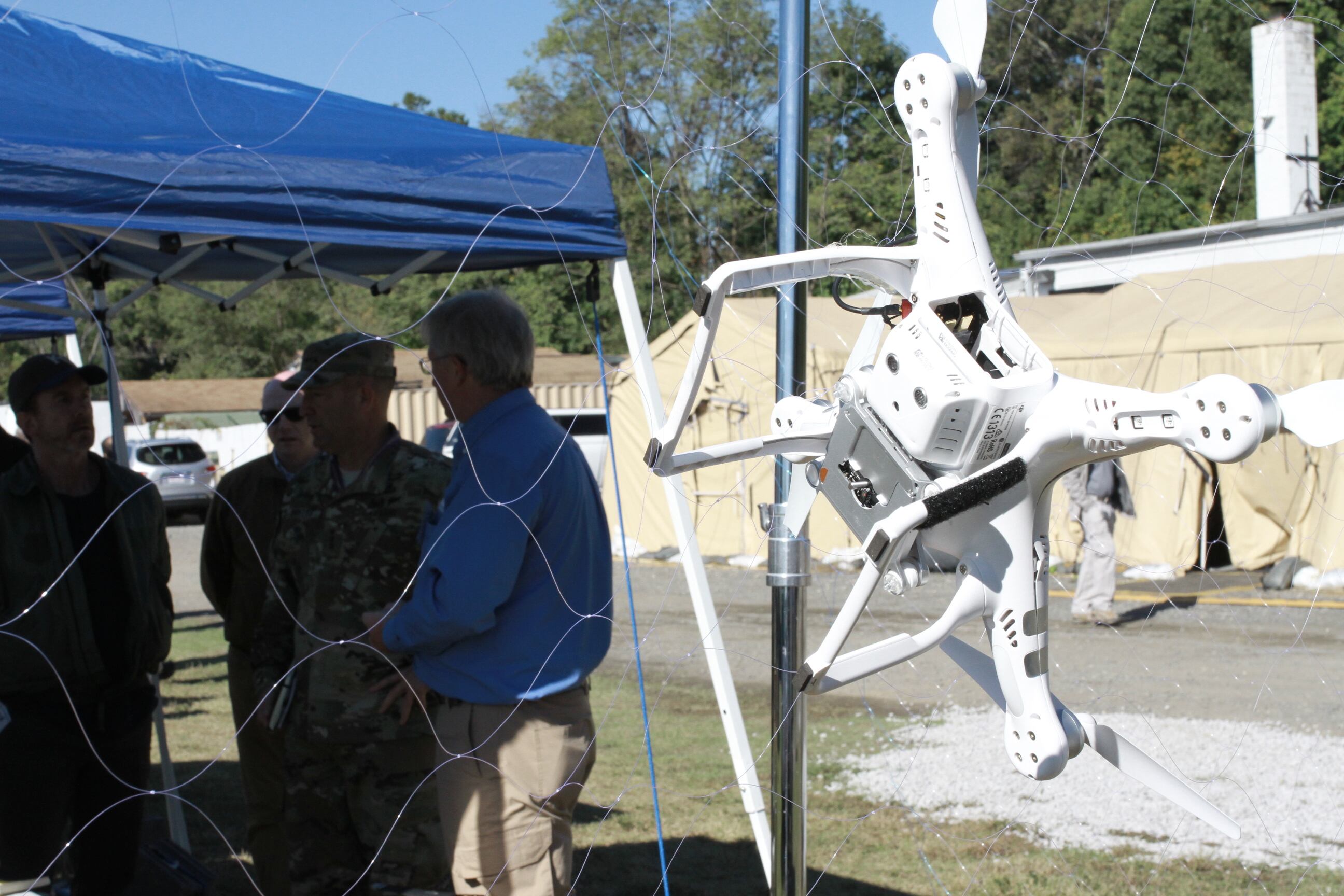Multiple senior U.S. officials recently testified before Congress regarding the rising threat that weaponized UAVs pose to U.S forces abroad.
Officials are now acknowledging that these same threats are likely — and perhaps imminent — to the U.S. homeland. But what makes these threats unique is they provide terrorists and extremists a cheap, commercially available, asymmetrical tool to inflict mass casualties.
While many Americans are aware of the threats from explosives made from everyday products, they are less aware of sophisticated chemical and biological weapons threats that could be delivered by UAVs.
RELATED

These chemical and biological agents, many of which are just as easy to acquire, are far more deadly because they can be used by the same UAV platform to inflict mass casualties far beyond the original attack location and spread rapidly without detection. Given how adaptive and technologically sophisticated terrorists have become, it is imperative that our government and industry work together to drive innovative countermeasures that can be rapidly tested and fielded.
There are promising, recent developments.
The fiscal 2017 National Defense Authorization Act grants the Department of Defense the authority to test and field systems to counter unmanned aircraft in order to protect U.S. bases and facilities abroad and at home.
More encouraging are the House and Senate fiscal 2018 defense authorization bills, currently in conference, that direct the Department of Defense to expand its counter-drone testing capabilities in order to quickly field more innovative solutions. In addition, the Trump administration has recently announced the enactment of a new strategy to counter enemy aerial drones that might be used against domestic targets; but the administration has so far kept details secret.
While these actions are constructive, more is needed in order to stay ahead of the threat to the homeland.
For example, multiple federal organizations — including the Department of Homeland Security, the Department of Justice, the Federal Aviation Administration and the Federal Communication Commission — must continue discussions to develop a comprehensive policy authorizing the purchase and use of systems to combat terrorist UAVs.
Given today’s restrictive regulations, it is possible for homeland defense organizations to acquire and operate UAV-detection devices just like they do for manned aircraft. However, significant hurdles currently exist for the operation of systems to counter enemy drones. Of course a delicate balance exists between protecting security and protecting freedoms, but we cannot wait for a catastrophic attack before adjusting that line slightly in the favor of security.
Simultaneously, there is great need for the U.S. military to share more data of enemy drone capabilities with industry so that industry can better design and test a full spectrum of solutions. These tests must also incorporate not just the technology of counter-drone systems, but the science of chemical and biological defenses.
Given how fast the enemy can attack and adapt to existing countermeasures, the government should not only expand its capabilities to defeat unmanned systems as well as chemical and biological threats, but it must ensure incentives that enable the rapid construction of prototypes for testing and fielding.
No one doubts the threat and the enemy’s ability to innovate. The current challenge is deciding how to better integrate government and private sector into partnerships where incentive and innovation can be quickly leveraged to support our national security capabilities at home and abroad.
Security against terrorist drones rests not just on the business of innovation, but on the ability to test and field solutions that keep us a step ahead of threats. While many see these as difficult challenges, we believe it can be done.
Fred Byus is a retired rear admiral of the U.S. Navy and an expert in national security solutions, including counter-UAS. He is currently vice president for mission defense systems at Battelle. Matt Shaw is an expert in the development of defenses against chemical and biological weapons. He is currently vice president for CBRNE (chemical, biological, radiological, nuclear and explosives) defense at Battelle.








